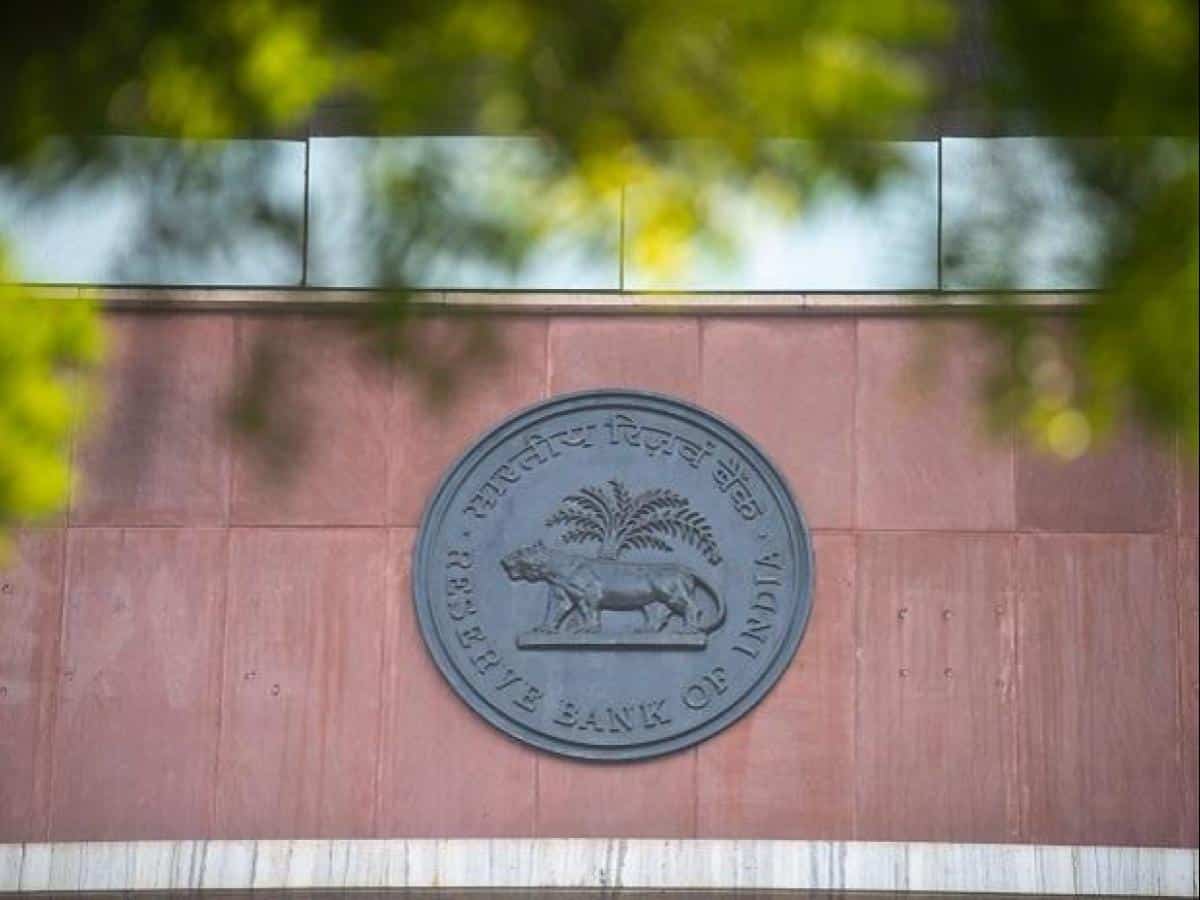The forecasts are in, and the numbers are not looking good at all for India’s economy. Pandemics are once-in-a-century disasters that can wreak havoc on economic systems and history shows that inflation is pretty much guaranteed.
The decrease in Consumption Demand and domestic private investments, along with the sharp rise in unemployment rates across India and the steep curve of inflation, in the low/no growth rate the economy is currently witnessing, all paint an incessantly worst picture for India’s growing economy.
When the inevitable and sluggish cycle of economic recovery starts, as it has happened in many of the developed countries, a gradual rise in inflation is to be expected.
This expected inflation can be attributed to the fact that the slowly revitalizing economy of a nation will be unable to match the post-pandemic demand of goods and services after the long it had time spent stagnant, thereby driving up the prices.
However, in India, we are seeing this trend at a time when the second wave is still wreaking havoc and less than 3.5% of the total population has been fully vaccinated.

To make matters worse, amidst the current economic uncertainty caused by the pandemic, the basic principles utilized to design a macro-understanding to forecast the inflationary expectations might just turn out to be ineffective and difficult to apply.
What we need now is not a predesigned mold made for pre-pandemic times, rather – a localized, anthropological description of price rise is needed in order to help effectively design an economic policy to see us through these uncertain times.
THE LONG ROAD BACK
Taking the case of a lunch mess situated near a construction site, the mess sees a huge rise in demand for lunch daily once the unlocking allows for construction activities to resume in the state.
Which will of course result in the mess requiring to acquire a greater quantity of rice and vegetables from the wholesaler, who usually gets his supply from the neighboring states.
However, due to continuing restrictions on mobility which can be in place in the neighboring state that maybe still going through a lockdown, delivery of supplies might be delayed or even stalled. This will have a cascading effect of forcing the mess to raise prices for the lunch they serve.

Now consider a daily wage laborer who, after weeks of lockdown and no income, may have joined a construction crew at a lower wage (or even the same wage as before).
He would suddenly find that the money he makes daily would let him buy less than he could in the pre-pandemic situation, i.e., his spending power will have decreased. While India’s Consumer Price Index data do not show a remarkably high food inflationary trend, it is highly likely to rise in the coming weeks.
These localized factors, along with the uncertainty in the lives and livelihoods of the populace caused by the pandemic will inevitably cause a rise in the wholesale price index and consumer price index and thereby lead to inflation.
It is exceedingly difficult to have a planned policy prescription, or a formulaic approach designed to address this kind of a rise in inflationary expectations, much less actual price.
The RBI and other central banks of emerging economies across the world, currently find themselves powerless to enforce their primary objective of inflation targeting since the factors causing inflation cannot really be explained by binary reasons such as demand-pull and/or cost-push inflation alone at a macro level.
This helplessness is evident in the next quarterly monetary policy review RBI announced on Friday, where they ended up keeping rates of the monetary policy toolkit at the same level and doing little to address the growing situation.
Widespread anxiety and rising uncertainty caused by the pandemic among the consumers and small-time businesses requires a greater entwinement of both fiscal and monetary support, to allow and encourage the populace to spend more.
STIMULUS CHECKS
More direct income support by the government in the form of stimulus checks might just be what we need to pull the economy out of the hot waters it currently finds itself in.
Unconditional money transfers to households will allow the people to spend once again and will eventually help drive up more private investments and employment opportunities.

It is important to note that even some form of targeted support programs, for various economic groups, may not be entirely effective in curbing the downward spiral. What is necessary now is a population with spending power, therefore, any substitute support provided in form of ration or food stamps alone will not be sufficient.
Even increased allocations in the various govt. regulated employment guarantee schemes work on the assumption that work is available locally.
With the spread of infections in rural areas of states like UP and Bihar, work under the various schemes may hardly be happening.
Not to mention the possibility that the people may just be plain afraid to go out in search of such jobs. To sum up, conditional cash-based transfers could simply be ineffective in states where cases are still surging.
Fiscal support would need to be designed from a localized perspective as a one-size-fits-all fiscal/monetary solution would not address the structural concerns at play.
The recent quantitative easing of liquidity restrictions by the govt. which came in response to the growing economic crisis, was nothing more than a thinly veiled attempt by the govt. to wash their hands of any form of direct fiscal intervention by substituting a form of monetary ease.
This ultimately proved ineffective as most micro, small and medium businesses, that received the credit-ease in monetary policy announcements last year still remain debt-clogged and as a result, less likely to make any new investments.
Therefore, the only way forward in conceiving an effective response to the rising inflationary tensions is to implement a localized approach that is complementary to fiscal-monetary intervention.
Combining a policy of providing strategic stimulus checks, along with ease in liquidity and bank-credit restrictions will help in providing the consumer with spending power and the ability to choose.
Trying to implement a single, disentangled macro-approach to address the rise in inflation or disruptions in supply-demand via a monetary policy toolkit, may just make things worse.
Written By: Rashi Nagar
Also Read : With the beginning of 5G, Nikola Tesla’s dream of wireless electricity is still alive.














